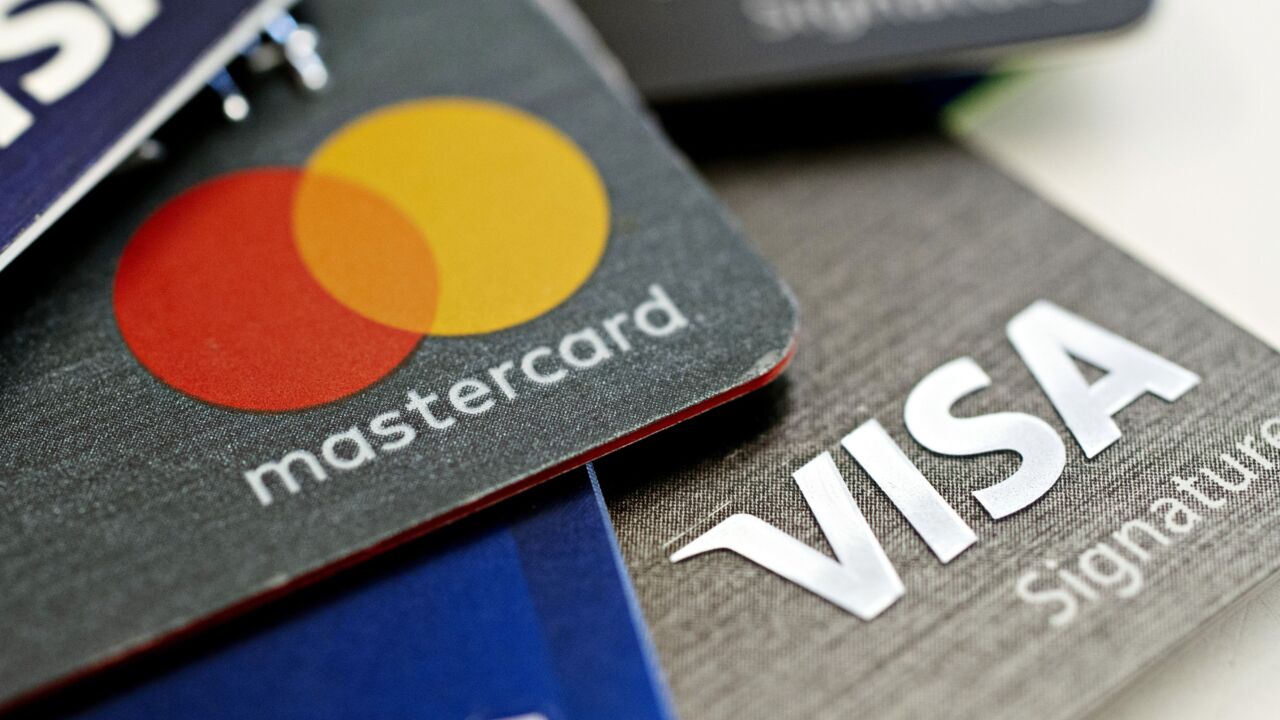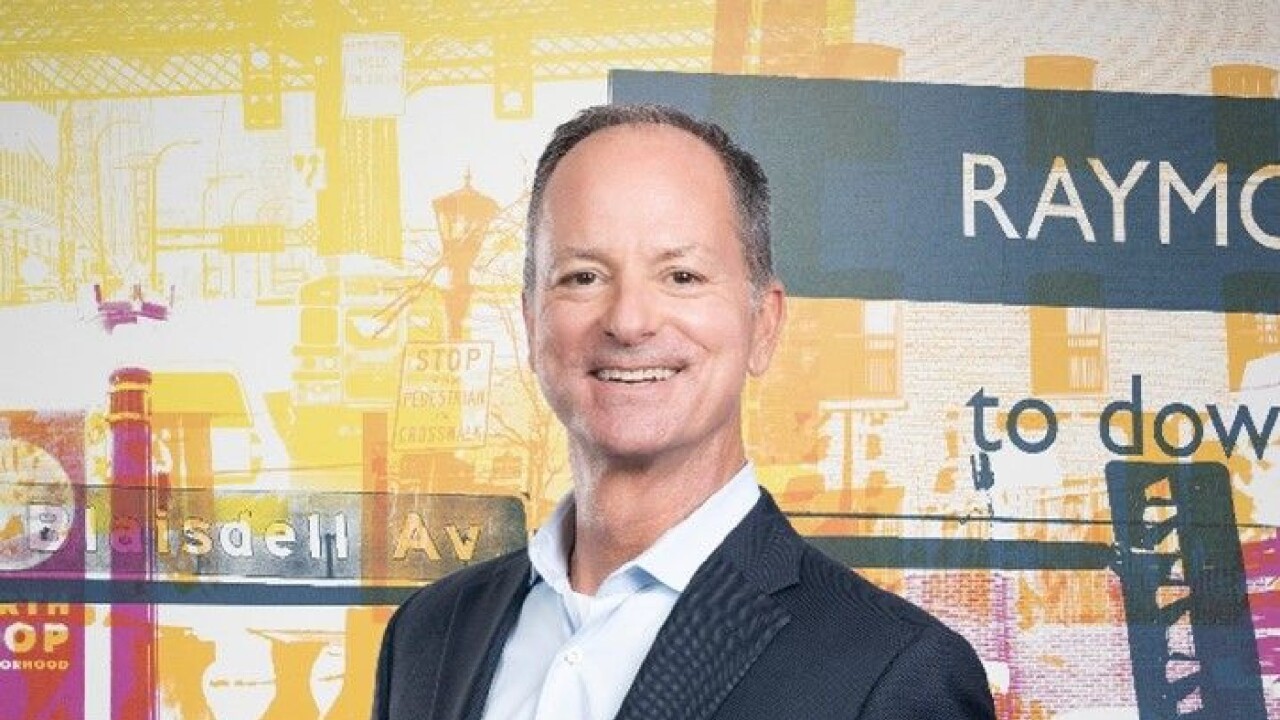In/PACT wants to encourage higher charitable donations by having donors use their banks’ online platforms instead of going directly to the charities.
The Charleston, S.C.-based fintech is actively promoting its cloud-based charitable giving platform, called GoodCoin, to mainstream banks as a white-labeled customer engagement tool. GoodCoin allows consumers to discover new charities from its database of 1.8 million nonprofits and make donations via online and mobile banking channels.
The idea is that consumers will want to give more if they integrate donations with their online bill pay habits — similar to how consumers might add a donation to their total at the grocery store when prompted by a cashier. Ideally, consumers would end up donating more money to a greater number of charities.
“The average size of an online gift is $127 compared to an offline gift being only $20,” said Hector Pages, chief revenue officer of in/PACT. There’s also solving the “donor’s dilemma” of figuring out which payment method to use. An abundance of choice can often lead to a donor deciding to write a physical check, which based on Pages' estimates, tends to be for significantly less money.
“Reducing friction in payments matters everywhere that commerce happens," said Thad Peterson, a senior analyst at Aite Group. "Charitable giving is a highly disaggregated space where a variety of transaction types have to co-exist in order to optimize return for the charity. Electronic payments create an opportunity to reduce friction, potentially increasing the opportunity to contribute, with commensurate increases in contributions."
In 2017, Americans donated $410 billion to charities, according to
However, it’s not the first time banks have gotten into the business helping their customers manage their charitable donations. Capital One has made multiple attempts to align its brand with the charitable giving space by launching efforts to enable its customers to donate, including its
While donations from a bank website may not always align a bank brand with the charity, there are many benefits to both the bank and the customer. For the bank, it’s a combination of higher customer engagement and is being perceived as more digitally forward and socially conscious.
“While making ‘one-off’ contributions [directly to a charity] protects the charitable organization from potential competitive organizations, an aggregated site or a charitable giving marketplace can increase visibility and exposure to new prospective donors," Peterson said. "As with other areas of commerce, though, aggregation makes for a better user experience and a more efficient use of technology, so it’s probably a good thing overall."
The GoodCoin platform offers an API to integrate with banks' digital channels, as well as back office or BPO services that can manage the interactions with the charities for the banks, Pages said.
In/PACT has raised a total of $3.2 million in three seed funding rounds, according to





